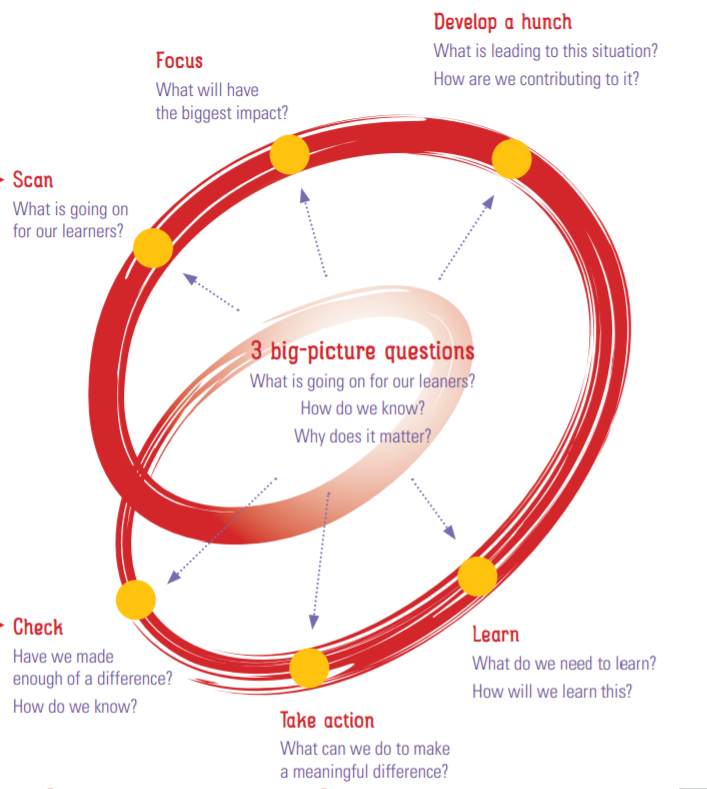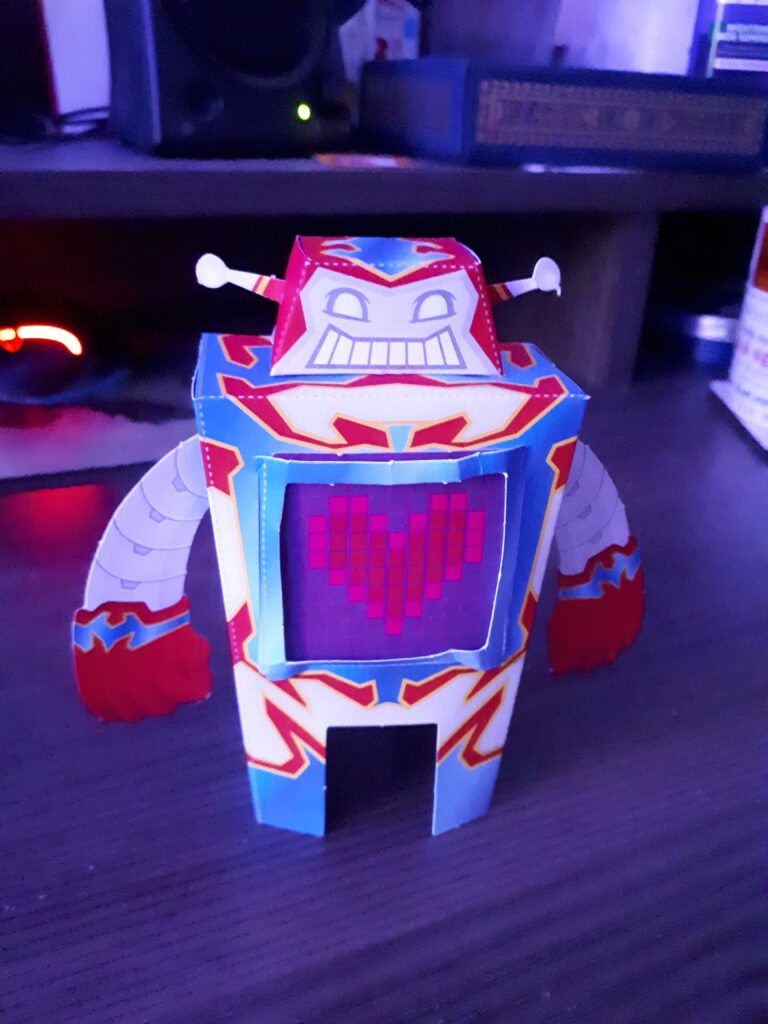After looking through the various inquiry approaches, I have decided to go with Spirals of Inquiry as my strategy moving forward. I chose this strategy for multiple reasons, but the biggest one was that it honestly made the most sense to me. The push to move students (and educators) from a fixed mindset to a growth mindset is extremely important and that is the main aim of the Spirals of Inquiry. To me, this form of inquiry is simple enough that it can be applied to many different situations but involved enough that it doesn’t feel like it’s just being copy-pasted to different situations. The spiral image that is used so often with this inquiry really helps visualise it as not just being a one-and-done situation, but in fact a positive feedback loop of growth.

My inquiry question from Block 1 was “What do I need to learn, unlearn, and renew?” and I think the Spirals of Inquiry approach is perfectly in line with this question. Each step of the spiral encourages actively analysing and critically engaging with your current ideas, values, and practices. It focuses on what you can control which is so important for constructive changes to happen both respectfully and efficiently. Often when we are faced with problems both in school and in other parts of life, we get frustrated and look to the things we can’t control in anger. The spiral of inquiry encourages us to channel that energy into something positive. It leads us to investigate those problems, what the biggest reasons are for them, which of those reasons we can do something about, what the best new practice for it would be, and ultimately enacting those practices. The final step is the most important though, that being the “check” step. Much like having a rubric for an assignment allows us to plan for how we will know what to look for in an assessment, knowing the possible differences a change you make can result in – and what differences are desirable – is key to the spiral. This check step connects us back to the first step, scanning, and forms the positive feedback loop I mentioned before.
Thinking more about my inquiry question from Block 1, I would say that it’s been a huge guiding principle for my learning these last few months. As someone who has had many ideas of what an educator is, what school is, what learning is, etc. from a young age, one of my biggest struggles is moving away from some of those entrenched ideals and towards fresh perspectives. EDUC399 and EDUC421 have been especially useful for this. In 399, I was very resistant to the ADST framework at first. I had many doubts about how useful or practical it could be, and I almost felt offended by some of the work we were doing. I’ve come to realise that these feelings were borne out of my own attachment to how education has been for a long time. I thrived under the classic education system, however I am doing my best everyday to empathise with those who have trouble with it because I know that to create a good education system is to create one that is equitable to all learners. The journaling I have done as a part of 421 has been a wonderful experience. Being able to be open and honest with myself about my feelings on assessment, my strengths and stretches with it, and how my view has changed over the last year has been amazing. There is an inception-like feeling with the Education program overall where it feels like learning withing learning with learning. If nothing else, one thing I can take away from the last block is that I have become a much better learner than I ever was before.

The main goals I’d like to set for Block 3 are directly related to my practicum experience, and I’m not surprised by that because practicum was a challenging but rewarding whirlwind of a time. Some things I noticed during my practicum were that a) I could be a lot better at managing my time, and b) I need to be much less afraid of what might happen. The first is pretty easy, in general I find that I’m not great at time management. While I know that I can always get things done, the amount of extra stress I pile on myself by not structuring my time better is frankly absurd. I can handle it now, but I know that I’ll eventually reach a “straw that broke the camel’s back” point where I’ll just fall apart completely. Therefore, my first goal for Block 3 is to create a real, structured schedule for getting things that need to get done, done. The second one is a bit more – and this is kind of the point – flexible. I’ve found that I so desperately want to be in control in the classroom that I avoid doing things where something can go wrong. This sort of mentality has helped me many times in the past, but in the classroom, I am only hurting the students if I don’t let them make mistakes. Therefore, my other goal for Block 3 is to create more open and authentic opportunities for my students to try – and sometimes fail – new things.